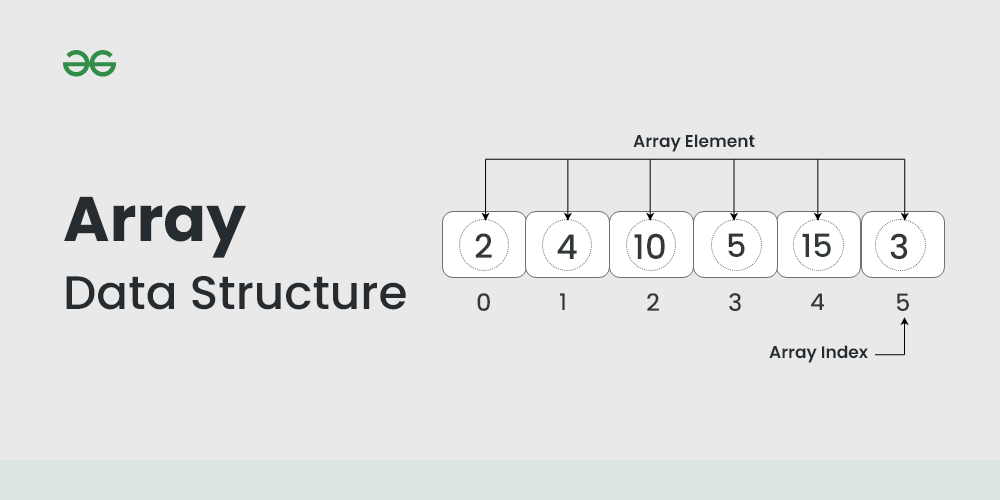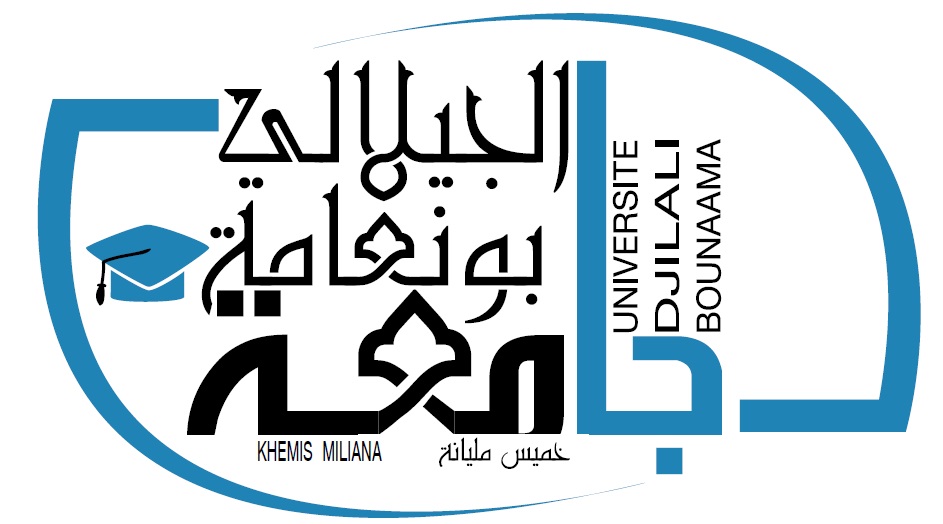INFORMATIQUE 2 (M)
Section outline
-
- Faculty: Science and Technology
- Target audience: First-year Bachelor's degree students
- Course title: COMPUTER SCIENCE 1
- Semester: 01
- Teaching unit: Methodological UEM 1.2
- Credit: 4
- Coefficient: 02
- Duration: 15 weeks
- Schedule: 10:00 AM - 1:00 PM
- Room: A1
- Instructor: KHERROUBI SEDDIK
- Contact: k.seddik@univ-dbkm.dz
-
In this course, we will explore key topics that play a vital role in solving complex mathematical problems and equations involving multiple variables. The course primarily focuses on three main areas: arrays, open files, and subroutines. These topics are essential tools in tackling advanced problem-solving scenarios and building robust mathematical models.
The first major chapter of the course delves into arrays. Arrays are powerful data structures that allow us to store and manipulate collections of elements efficiently. We will learn how to declare and initialize arrays, access individual elements, and perform various operations like adding, removing, and searching for elements. Additionally, we will explore multidimensional arrays, which enable us to work with data organized in multiple dimensions.
The second major chapter revolves around open files. Working with files is crucial in handling input and output operations in computer programs. We will cover concepts such as opening, closing, and manipulating files. You will learn how to read data from files, write data to files, and handle errors that may occur during file access. We will discuss both sequential and random access files, providing you with a comprehensive understanding of file operations.
The third major chapter focuses on subroutines, also known as functions or procedures. Subroutines allow us to break down complex tasks into smaller, more manageable pieces of code. We will study how to define and use subroutines, including passing parameters and returning values. By leveraging subroutines, we can enhance code modularity, reusability, and maintainability, ultimately improving our problem-solving capabilities.
Throughout the course, you will engage in hands-on exercises, coding assignments, and projects that will reinforce your understanding of these topics. You will have the opportunity to apply the concepts learned to solve mathematical problems, implement algorithms, and analyze data.
Computer Science 2 represents a crucial step in your journey towards becoming a proficient programmer and problem solver. The skills and knowledge you acquire in this course will provide a strong foundation for tackling more advanced mathematical challenges, as well as for further studies in computer science and related fields.
Get ready to immerse yourself in the world of arrays, open files, and subroutines as you sharpen your problem-solving skills and expand your computational toolkit. Let's embark on this exciting learning adventure together.

-
Main Chapters of the Course:
- Arrays:
- Declaration and initialization of arrays.
- Accessing array elements.
- Manipulating arrays: adding, removing, searching.
- Multidimensional arrays.
- Open Files:
- Opening, closing, and manipulating files.
- Reading and writing data to a file.
- Handling errors when accessing files.
- Using sequential and random access files.
- Subroutines:
- Defining and using subroutines.
- Passing parameters to subroutines.
- Creating and using functions.
- Code organization and modularity.
4. Prerequisites:.
Evaluation Methods:
-
I. Introduction to Arrays
A. Definition of an array
B. Advantages and uses of arrays
C. Difference between one-dimensional and multidimensional arrays
D. Array size: total number of elementsII. Dimensions, Ranks, and Array Sizes
A. Definition of array dimensions and rank
B. Relationship between dimensions, rank, and array size
C. Accessing elements using dimension indicesIII. Declaration and Initialization of Arrays
A. Syntax for declaring an array
B. Specifying the size of the array
C. Initializing array elements
D. Using constants, expressions, and variables for initializationIV. Accessing Array Elements
A. Indexing arrays in Fortran 90
B. Accessing individual elements
C. Using loops to traverse arrays
D. Using implicit and explicit indicesV. Operations on Arrays
A. Arithmetic operations on arrays
B. Comparison operations
C. Intrinsic functions for arrays
D. Reduction operations on arrays (sum, minimum, maximum, etc.)VI. Dynamic Arrays
A. Declaration of dynamic arrays
B. Memory allocation and deallocation for dynamic arrays
C. Using dynamic arrays in functions and subroutinesVII. Practical Applications of Arrays
A. Examples of array usage in Fortran 90
B. Processing tabular data
C. Solving mathematical and scientific problemsVIII. Exercises and Projects
-
In Computer Science 2, we dive into the second chapter, which focuses on open files. Open files play a crucial role in handling input and output operations in computer programs. Understanding how to work with files is essential for reading data from external sources, writing data to external destinations, and manipulating file contents.

-
Download the PDF file: Open files
-
-
In this chapter, we present the different program units, specifically functions, subroutines, modules, and data blocks.
-
Download the PDF file: Procedures.
-
-
This assignment should be completed in the computer laboratory, with concrete explanations of the methods used, and a copy should be submitted on the platform.

-
فتحت: الجمعة، 3 مايو 2024، 12:00 AMتستحق: الجمعة، 10 مايو 2024، 12:00 AM
Homework Assignment: Write a program that can calculate the determinant of an n-dimensional square matrix.
-

